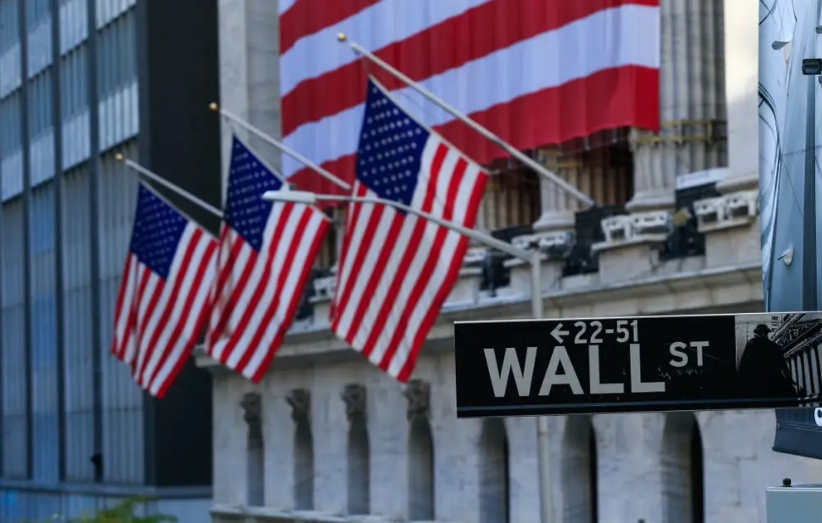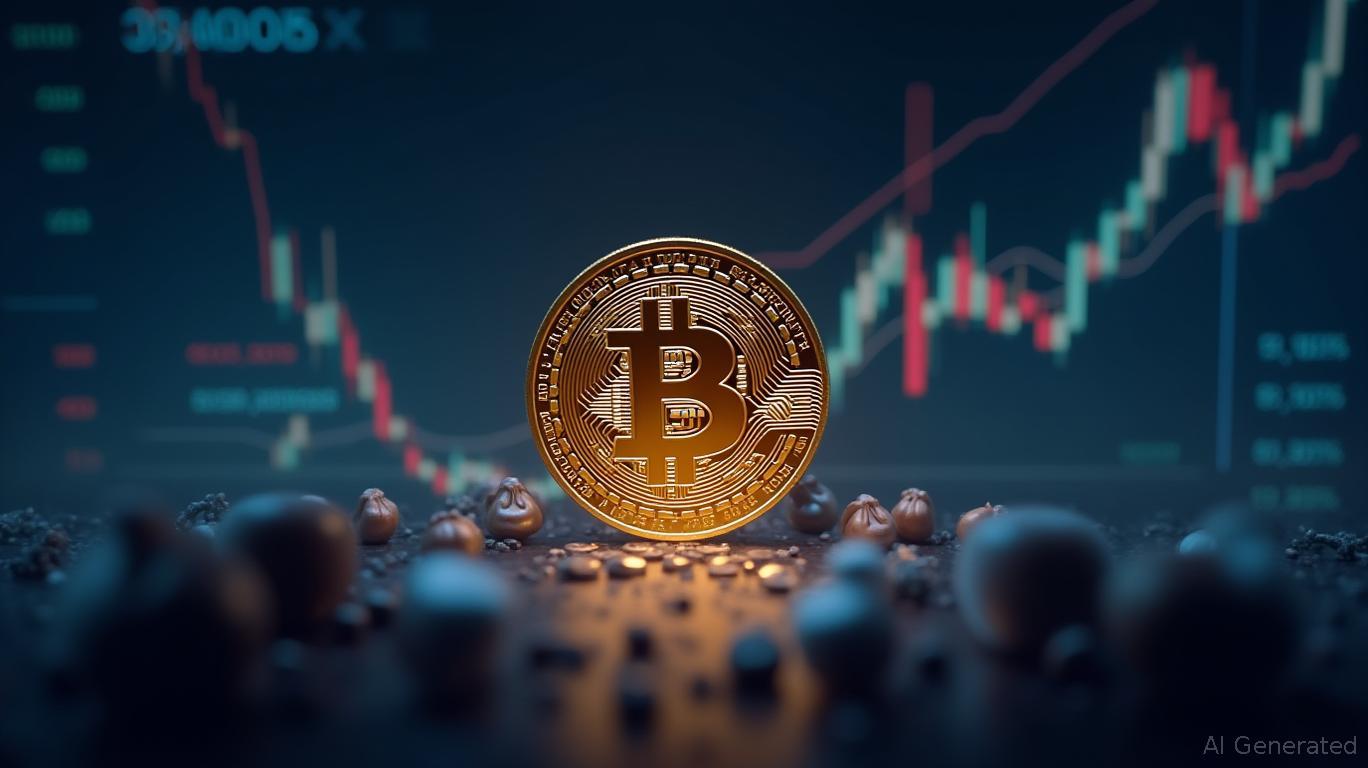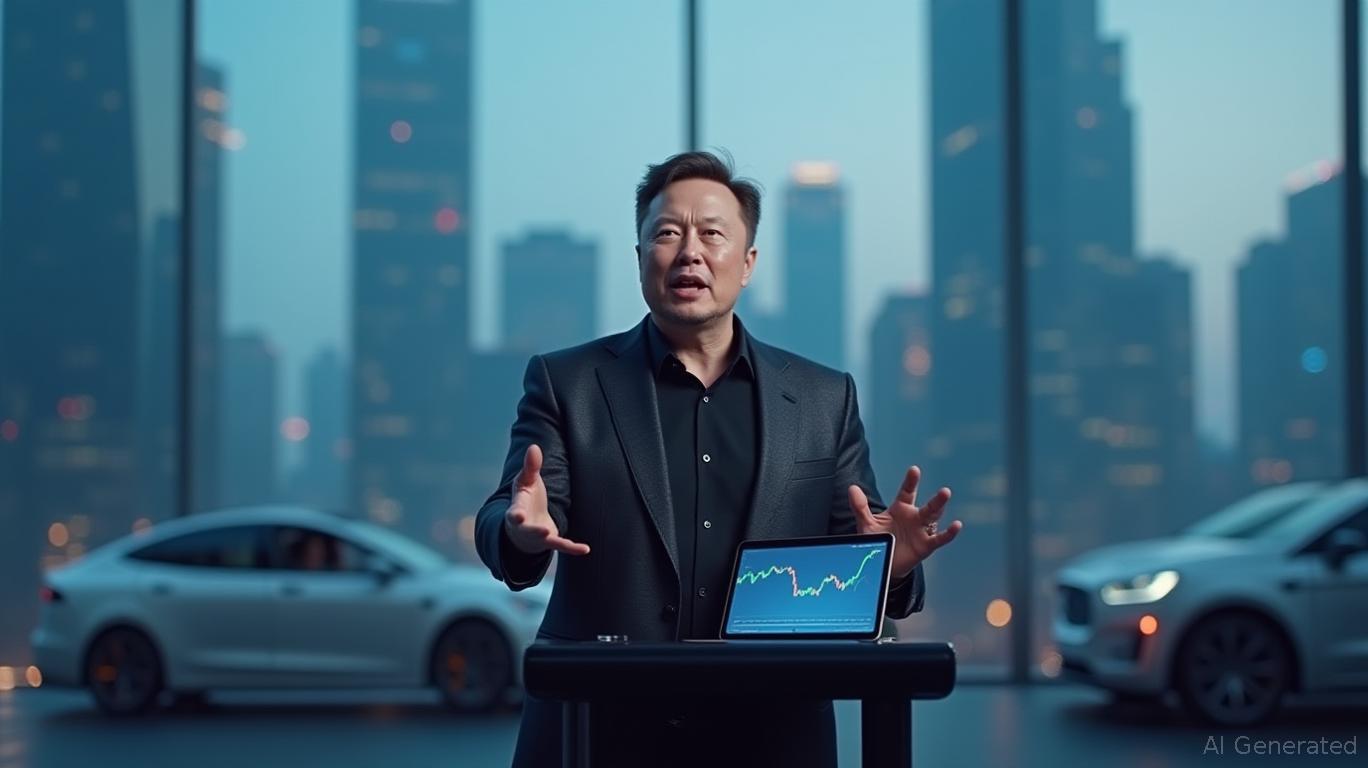Wall Street Banks Conclude Exit from Elon Musk’s X Debt, Highlighting Leverage Risks
The final chapter of Wall Street’s involvement in Elon Musk’s $44 billion leveraged buyout of Twitter—now rebranded as X—has closed. A consortium of banks, including Morgan Stanley, Bank of America, Barclays, and Mitsubishi UFJ, sold the last $1.2 billion tranche of debt tied to the deal, marking the end of their financial exposure to what has become one of the most scrutinized corporate acquisitions in recent memory. The sale, priced at 98 cents on the dollar, underscores the risks inherent in high-leverage transactions and the challenges of sustaining such deals in volatile markets.

The Debt’s Complex Structure
The debt package for Musk’s takeover was a behemoth, totaling $13 billion, structured to minimize upfront cash outlays. The terms included a $6.5 billion secured term loan, a $500 million revolving credit facility, a $3 billion unsecured loan, and an additional $3 billion in secured loans. The unsecured portion, in particular, carried a 9.5% interest rate—a stark reminder of the risk premium demanded by lenders for backing a high-profile but speculative leveraged buyout (LBO).
The banks’ decision to offload this debt at a discount, albeit a modest one, reflects both the operational turbulence at X and broader market skepticism toward overleveraged corporate strategies. Musk’s acquisition has been plagued by controversies, including regulatory scrutiny, user attrition, and internal management shifts, which likely contributed to lenders’ eagerness to exit their positions.
Market Implications: A Cautionary Tale for LBOs
The sale’s terms offer critical insights into how investors and lenders now perceive leveraged acquisitions. The 2% discount on the final tranche—while small—suggests that the market views X’s ability to service debt as less certain than initially hoped. This contrasts with the initial optimism in 2022, when the deal’s terms were seen as a sign of confidence in Musk’s vision.
The 9.5% interest rate on the unsecured loans highlights the elevated risk attached to the deal. Such rates are typically reserved for companies with weak credit profiles, yet Musk’s personal wealth and reputation initially justified favorable terms. However, the subsequent struggles at X—marked by declining user engagement and stagnant revenue growth—have eroded that confidence.
Lessons for Investors and Lenders
This episode underscores two critical lessons:
1. Leverage is a double-edged sword: While LBOs allow buyers to minimize equity stakes, they amplify financial risk. X’s debt burden, even after this sale, remains a significant overhang. Musk’s personal guarantees and Tesla’s role as collateral further intertwine his broader financial health with X’s performance.
2. Market sentiment shifts quickly: The discount on the final tranche signals that lenders are now prioritizing liquidity over long-term bets on turnaround stories—a trend amplified by post-pandemic economic volatility.
Conclusion: A Watershed Moment for High-Risk Finance
The completion of the debt sale marks a definitive end to Wall Street’s direct financial stake in Musk’s X experiment. The 98-cent discount, while minor, serves as a warning to investors and lenders about the perils of overleveraged acquisitions in uncertain economic environments.
Historically, leveraged buyouts have succeeded when companies can rapidly improve cash flows or refinance debt at lower rates. X’s struggle to do either—despite Musk’s aggressive cost-cutting—suggests that even high-profile LBOs face limits in today’s markets.
For now, the banks’ exit leaves X with a leaner debt portfolio, but the road ahead remains fraught. With X’s valuation still far below Musk’s acquisition price and its debt-to-equity ratio among the highest in tech, the story of this deal is far from over. Investors would be wise to remember: in finance, leverage can lift boats—or sink them.
This analysis synthesizes the debt’s structure, market dynamics, and broader implications for corporate finance, offering a roadmap for understanding risk in an era of heightened economic scrutiny.










